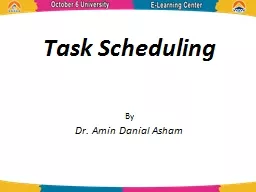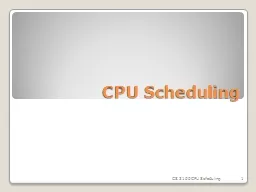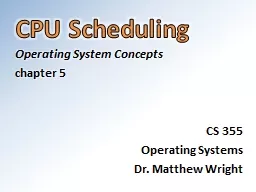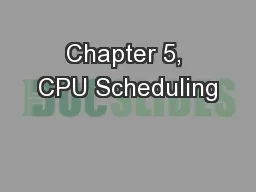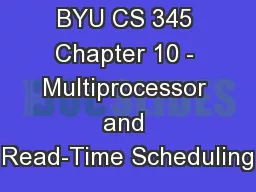PPT-SCHEDULING GRID REVIEW AND REVISION DISCUSSION SESSION
Author : morgan | Published Date : 2023-10-25
WHAT IS THE SCHEDULING GRID Used to schedule classes according to fixed patterns Regular patterns help with room usage and ease of student course scheduling Built
Presentation Embed Code
Download Presentation
Download Presentation The PPT/PDF document "SCHEDULING GRID REVIEW AND REVISION DISC..." is the property of its rightful owner. Permission is granted to download and print the materials on this website for personal, non-commercial use only, and to display it on your personal computer provided you do not modify the materials and that you retain all copyright notices contained in the materials. By downloading content from our website, you accept the terms of this agreement.
SCHEDULING GRID REVIEW AND REVISION DISCUSSION SESSION: Transcript
Download Rules Of Document
"SCHEDULING GRID REVIEW AND REVISION DISCUSSION SESSION"The content belongs to its owner. You may download and print it for personal use, without modification, and keep all copyright notices. By downloading, you agree to these terms.
Related Documents





